Rome - August 14th - 16th

My trip to Rome did not go well.
On arrival in Rome, Alitalia had lost my luggage. Why on earth did I decide to fly with this airline?
Along with at least 20 other people I was told they didn't know where my luggage was, or when I would get it. Congratulations Alitalia, one short flight from London to Rome and they lose 20 people's luggage.
The customer 'service' was poorly named too; Alitalia staff are incredibly rude.
I suppose I should have known better too, than to go to Rome in August. Everywhere is closed. I guess I'm spoiled living in London, but I still would have expected a major metropolitan European city, the capital city of Italy, would have been able to cater for tourists. Perhaps I was unlucky, but of the restaurants that the Time Out guide claimed were open in August, all of them said 'we're not open YET'.
Also, if this is a quiet time for Rome, then the ½ mile queue to enter the Vatican museum (at 8am) is just too much!
Il Vittoriano, the enormous white
marble monument at the Piazza Venezia, was built
as a tribute to the first King of a united Italy, Victor Emmanuel II.
As King of Sardinia he had become a symbol of the movement for a united
Italy. After his army joined forces with Garibaldi and defeated the papal
army, the Kingdom of Italy was proclaimed in 1861 with Victor Emmanuel
as King. Not the most beautiful structure in Rome, the Victor Emmanuel
monument has been given nicknames such as 'typewriter' and 'wedding cake'.
The monument is nevertheless well worth the visit, if only for the great
views from the top.
Constantine's Arch marks the
boundary between Roman Forum and
Coliseum area. It was built in 315 A. D. in memory of Constantine's
victory against Maxentius. There is an interesting inscription on it, that
tells about Constantine's deeds under the inspiration of a divinity, without
any specifications about it. The fact is peculiar because Constantine,
who was not Christian, looked benevolently at Christianity and promoted
its expansion. It is the greatest of the three triumphal arches in Rome, 25
metres high.
The Colosseum or Flavian Amphitheater was begun by Vespasian, inaugurated by Titus in 80 A.D. and completed by Domitian. Located on marshy land between the Esquiline and Caelian Hills, it was the first permanent amphitheater to be built in Rome. Its monumental size and grandeur as well as its practical and efficient organization for producing spectacles and controlling the large crowds make it one of the great architectural monuments achieved by the ancient Romans.
The Bocca della Verita might have been a Roman drain before it was moved to S. Maria in Cosmedin's wall. It is said that the hands of liars will be cut off if placed within the mouth (hence the name). To keep the superstition alive, the caretaker-priest used to stick a scorpion in the back of the mouth to sting the fingers of suspected fibbers. The Bocca made a cameo in “Roman Holiday”; a film I can highly recommend for the amazing talent of Audrey Hepburn. During the filming, Gregory Peck stuck his hand in the mouth and jokingly hid his hand in his sleeve when he yanked it out, giving Audrey Hepburn a shock. The scene wasn't scripted, but it worked so well that it was kept in the movie.
On a political note, it is difficult to understand Italy's decision to choose Rocco Buttiglione as the European Union's new commissioner for Justice.
Mr Buttiglione's remarks on homosexuality and the role of women during a confirmation hearing two weeks ago have threatened to spark an institutional crisis.
Buttiglione is allegedly a former supporter of Mussolini and a religious fundamentalist.
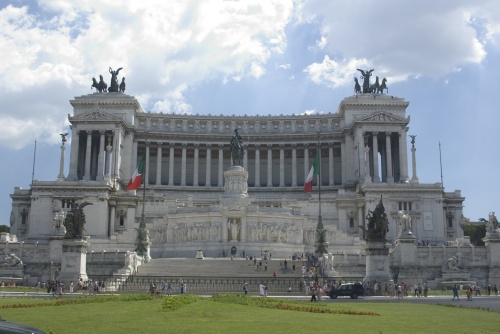
Il Vittoriano
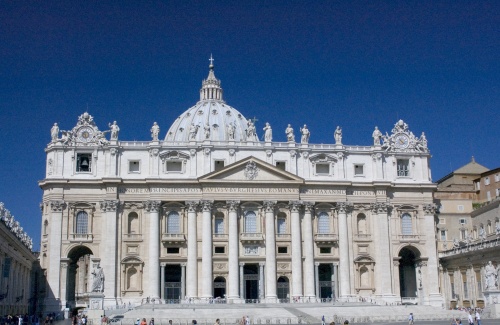
St. Peter's Basilica in the Vatican
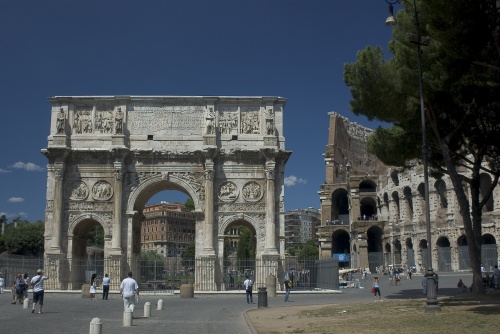
Constantine's Arch
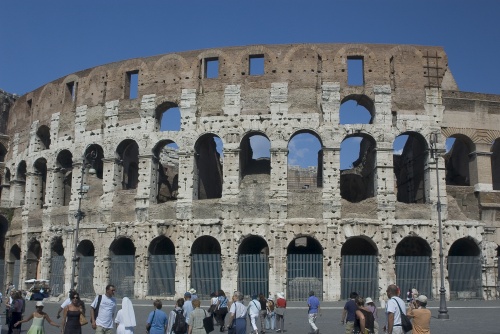
The Colosseum
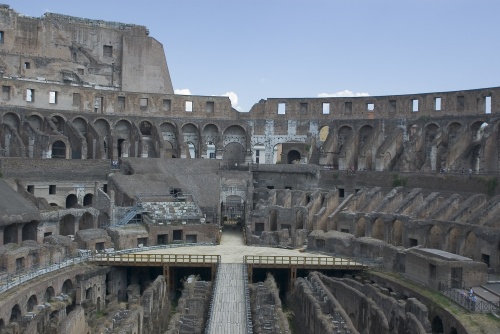
Inside the Colosseum
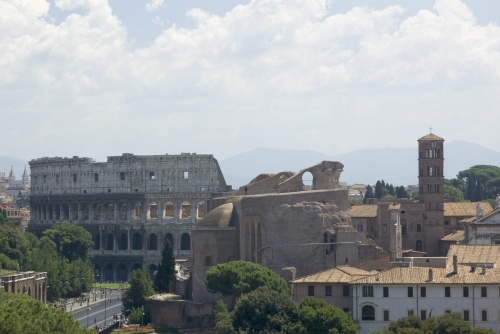
The Colosseum and church of Santa Maria in
Cosmedin from Il Vittoriano
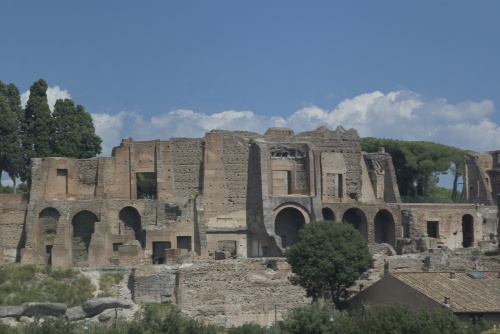
Circus Maximus
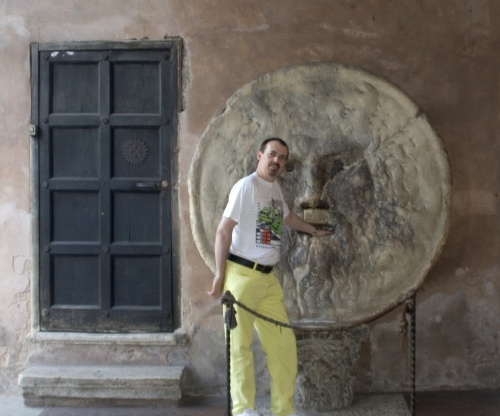
The Bocca della Verita / The Mouth
of Truth
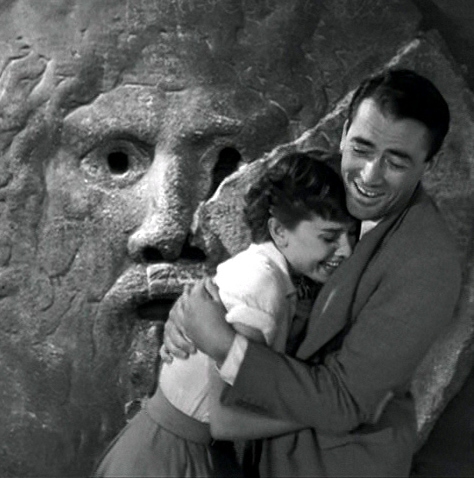
Audrey Hepburn and Gregory Peck in 'Roman
Holiday'